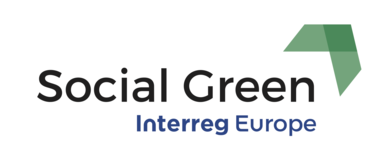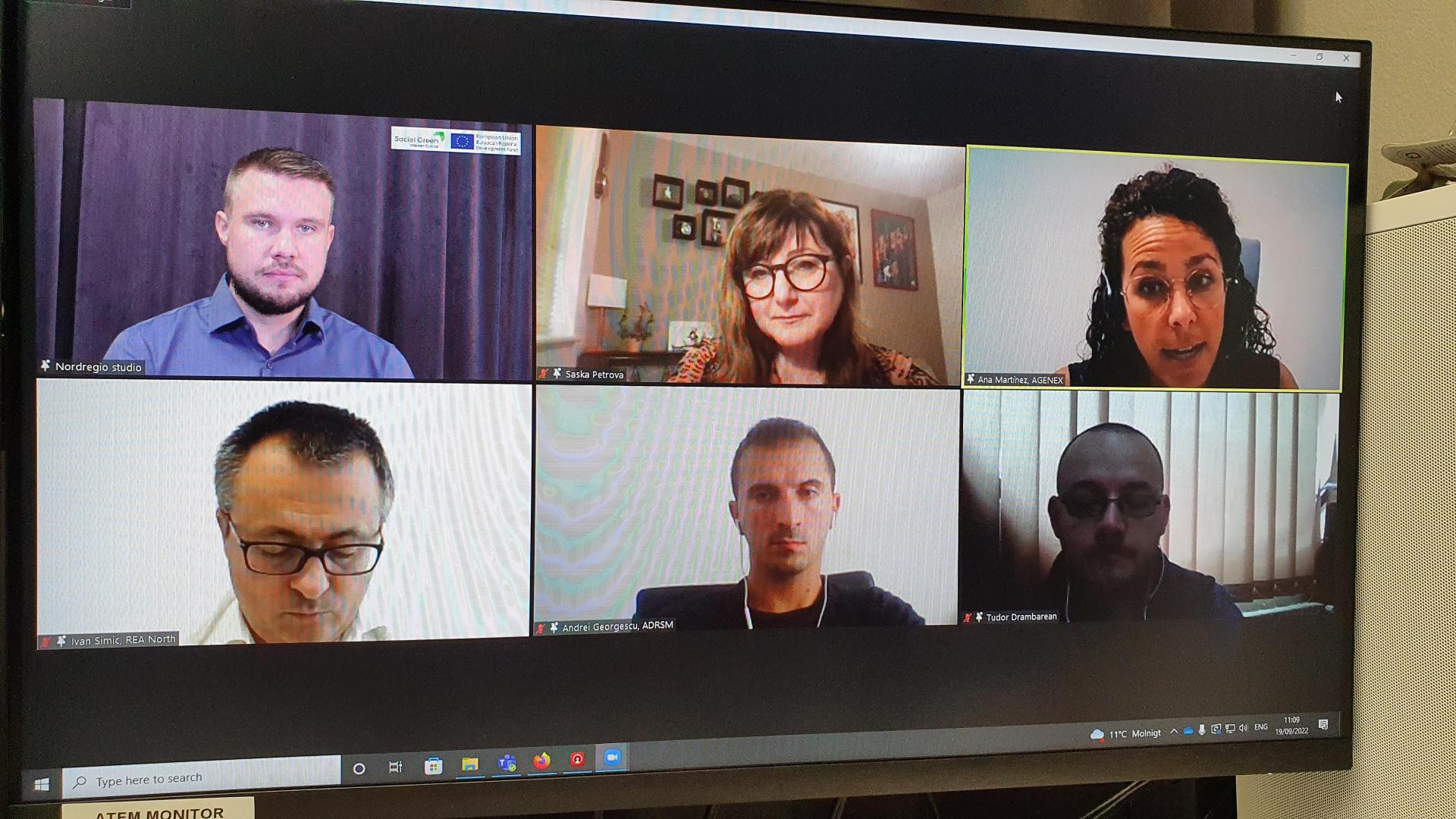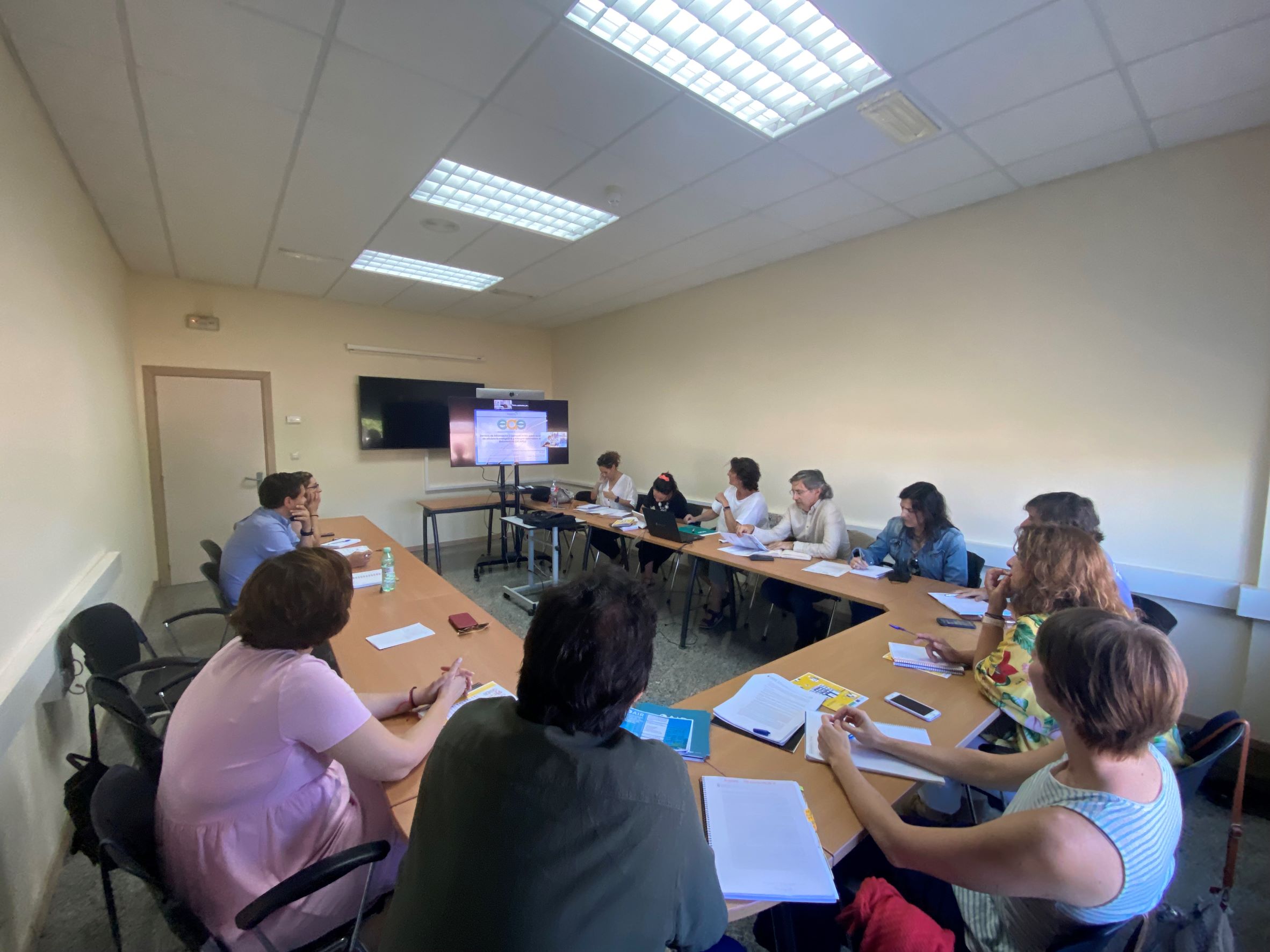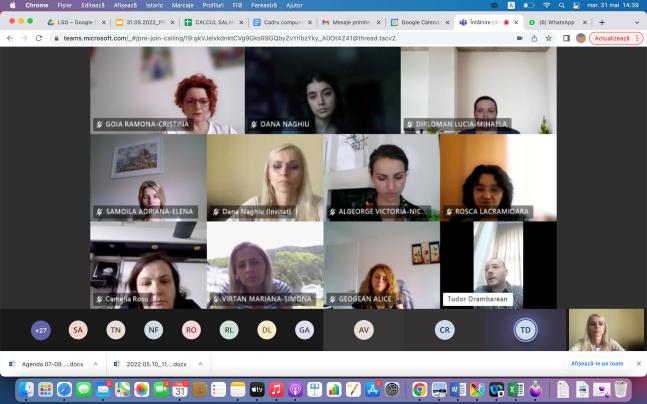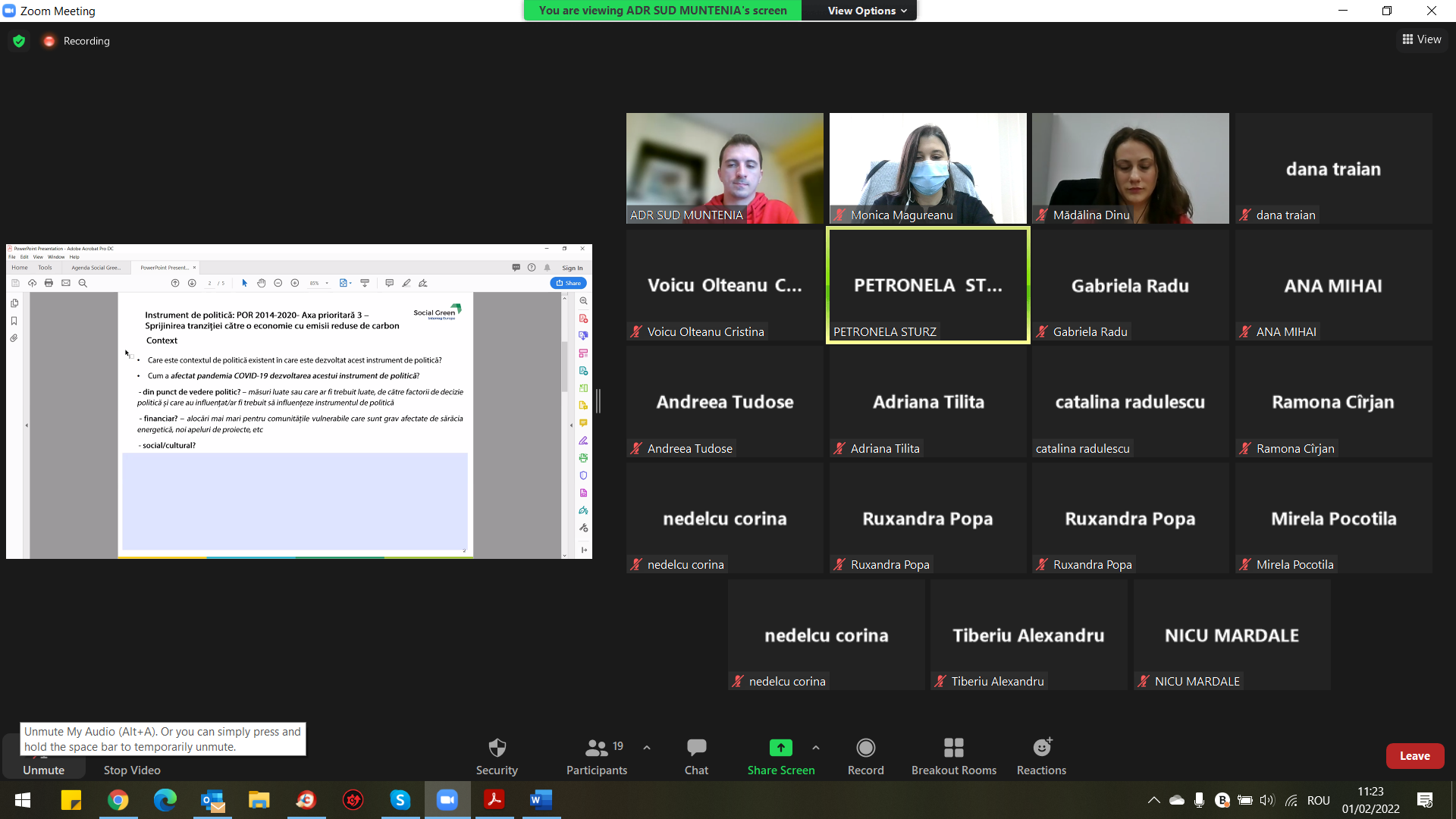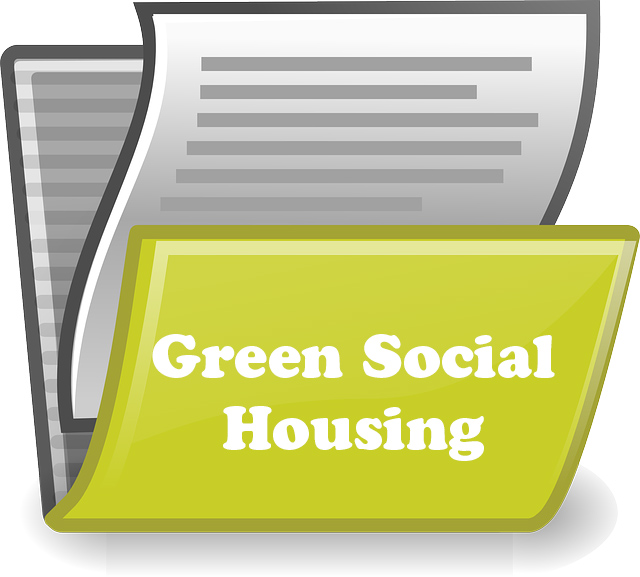At the mid-point of Social Green’s additional, year-long project period, partners have been connecting with local stakeholder groups and conducting two-part self-assessments of their policy instruments. On 24 February 2022, the Social Green consortium met for their second of three interregional meetings to discuss green retrofits for citizens living in energy poverty. These meetings provide opportunities for partners to discuss and identify ways of combatting emerging complications regarding green retrofits for vulnerable populations, specifically in social housing, by exchanging knowledge and good practices. After conducting this assessment work with their respective local stakeholder groups, project coordinators at Nordregio hosted the interregional workshop to discuss step 1 of the two-part self-assessment tool, framed via a SWOT analysis. Several key themes emerged from the meeting.
First, partners discussed some of the ongoing complications around defining social housing and vulnerable groups. During a discussion about threats and partners’ capacity to address such threats, some concern was raised regarding the limitations of current retrofit programmes. Many of the schemes with which the agencies are working only address apartment living and therefore exclude energy poor households that take the form of single-family homes. Opportunities to expand the programmes to reach private housing in addition to public housing would enable a wider range of vulnerable groups suffering from energy inefficiency to have these needs met and reduce total energy poverty in the regions. Furthermore, increased electricity and gas prices are having tremendous effects on citizens in Southern Europe—in some regions, so much so that it is difficult to identify anyone who is not considered vulnerable. It is therefore crucial to share solutions for transforming threats/weaknesses into opportunities but also to proactively identify which strengths may be at risk of becoming weaknesses.
Secondly, partners discussed how to view the increase in energy bills, typically identified as a threat, as an opportunity. Because one common weakness in these regions has been the difficulty in garnering citizen interest and trust around green retrofit projects, increased electricity bills provide a tangible incentive for the agencies to highlight as a direct effect of current inefficient energy systems in the buildings. Consumption costs may enable motivation for citizens to welcome renovations and lessen their scepticism towards the government schemes attempting to address energy poverty for their benefit.
Finally, partners have noted that, while COVID-19 has created many difficulties (such as increasing the number of energy poverty households, affecting the cost of construction work/materials to conduct renovation work, and causing renovation delays), the pandemic has also acted as an opportunity to reveal existing vulnerabilities more clearly. Furthermore, due to pandemic recovery funds, there are now additional resources to allocate towards energy retrofitting work compared to pre-pandemic days.
The four regional partners throughout Romania, Croatia, and Spain have all identified and shared good practices with one another at a previous interregional meeting. In the upcoming months, the partners will meet again with their local stakeholder groups to conduct the final assessment, which will require them to evaluate the context, impacts, and assurances of their policy instruments. At this final interregional meeting together in Extremadura, we will discuss questions such as How has COVID-19 impacted the development of the PI politically, financially, and socially/culturally? and What steps are being taken through the PI to ensure future resilience towards energy poverty? We are entering the third year of life with the pandemic, and, as one of our partners put it, energy efficiency projects have become all the more relevant.
